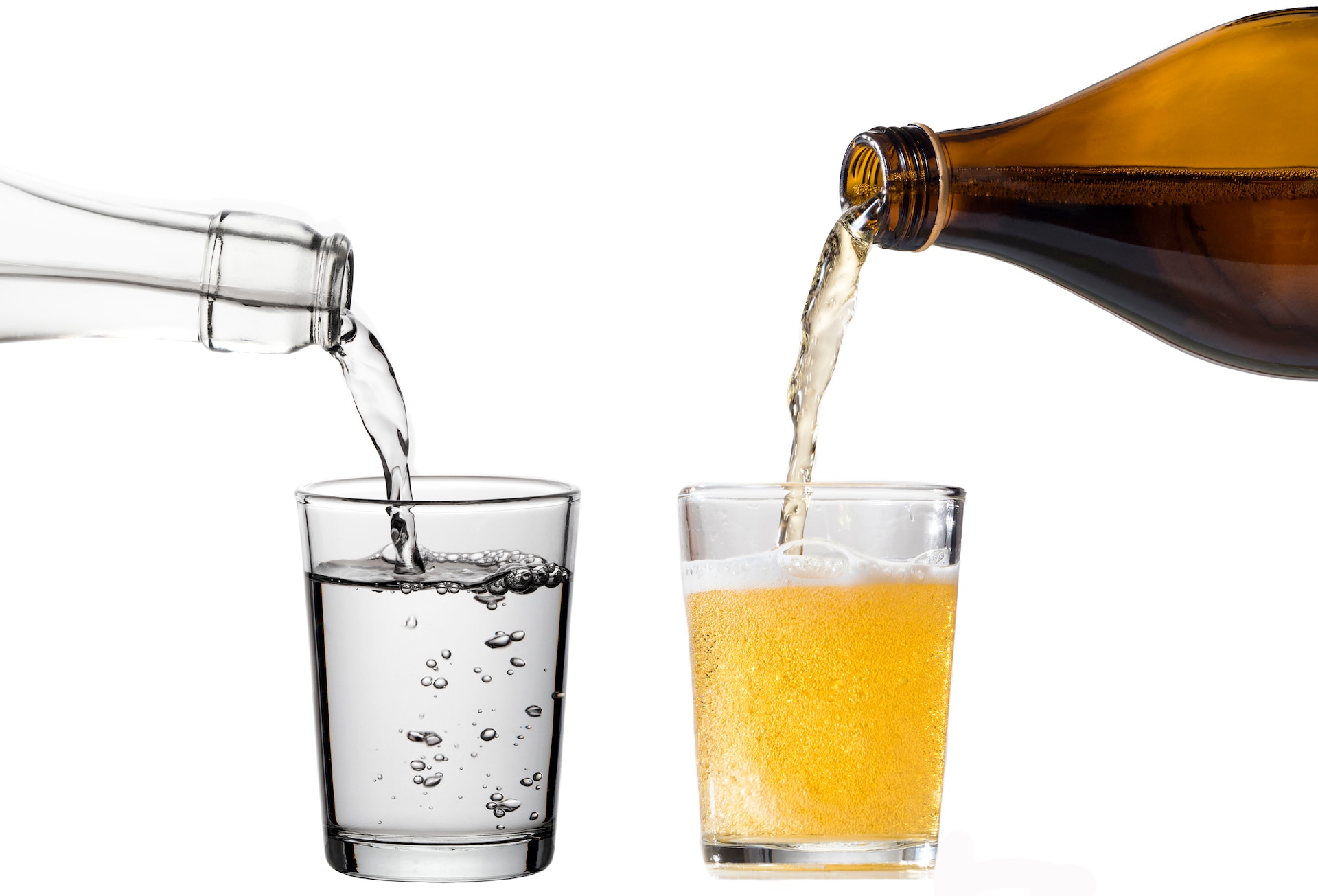Create a free profile to get unlimited access to exclusive videos, sweepstakes, and more!
Beer yeast cleans up drinking water, we’ll drink to that!
Drink responsibly.

For 39% of Americans, beer is the drink of choice on a hot summer day, a weekend out with friends, and for college students playing increasingly complex versions of Beer Pong at fraternity rush parties. As a species, we’ve likely been drinking beer for as long as we’ve had agriculture. Fermented drinks like beer and mead might have been a safer alternative to contaminated water sources for early humans.
Thousands of years later, access to clean drinking water is still a concern all over the world and, once again, beer might be the answer. Patritsia Stathatou, a research scientist at MIT’s Center for Bits and Atoms, along with Christos Athanasiou, a post-doc at Brown University and visiting scholar at MIT, studied the role of waste yeast from beer fermentation and found that it’s exceptionally good at pulling lead out of contaminated water. Their findings were published in the journal Communications Earth & Environment.
Today, water treatment plants use a number of strategies for pulling heavy metals like lead out of water. Those techniques are good at filtering out high concentrations but achieve diminishing returns as the concentrations get lower. This presents a challenge as lead can be harmful even at a few parts per billion. Researchers found that used beer yeast can effectively remove lead simply by introducing it to a contaminated water source.
“Say that you have a glass of water, you just throw yeast cells in there and that’s it. They stay in the bottom and have attracted all the heavy metals, Athanasiou told SYFY WIRE.
In the study, researchers used common baker’s yeast, often used for household baking and for beer fermentation. Beer manufacturers in the United States go through yeast by the tons every year, leaving them with a biproduct in need of disposal. Researchers believe that biproduct could be harnessed for water decontamination, solving a public health concern while also making use of a currently discarded biological resource.
“When you produce beer, after several cycles of fermentation the yeast are not functional anymore and beer companies have a biomass they want to dispose of. You can take it, process it a little bit by washing and dehydrating it, then you can sprinkle it in contaminated water. In five minutes or less, you can clean the water of even trace amounts of heavy metals,” Stathatou said.
Interestingly, the yeast cells are in an inactive state when they’re utilized, meaning there are no metabolic processes involved in binding to lead. In fact, scientists specifically wanted the yeast to be metabolically inactive, in order to minimize any complications from introducing them to a water source. While the precise mechanisms at work aren’t fully understood, it appears that charged lead ions adhere to the cell wall of yeast cells. The yeast can then be removed from the water, taking the lead with them.
In practice, this process would likely be used in tandem with existing technologies. Current processes could get lead concentrations down to parts per billion, then yeast could be used as an advanced treatment to remove any trace amounts left over.
“We focused on trace concentrations because that’s the actual problem. That’s the regions where common technologies are not effective and require a lot of energy or resources. Our yeast was able to uptake up to 12 milligrams of lead per gram of biomass without reaching saturation. There is no plateau yet,” Stathatou said.
At present, scientists have a proof of concept which illustrates that yeast can do the work of removing lead from water. Looking forward, they’re working on several improvements to the process which could move it not just into the water treatment system, but into your home. That is likely an important step as lead can be introduced into water from pipes at the end user location, even if it was previously purified at the treatment plant.
“The idea is we try to create structures to support the yeast and act as a filter. That’s the immediate next step if we want to move toward market,” Athanasiou said.
That could mean an isolated water filter, or an attachment connected directly to your tap which pulls lead out of your water at the last moment before you drink it. They’re also working on processes for separating heavy metals from the yeast so that both the metals and the yeast can be re-used. Because the binding process is inactive, removing lead from the yeast means it could be re-introduced to water and start the filtration process all over again.
Knowing that its biproducts will be used to clean drinking water for our communities makes us feel a little better about having an extra drink at the end of the night.


























